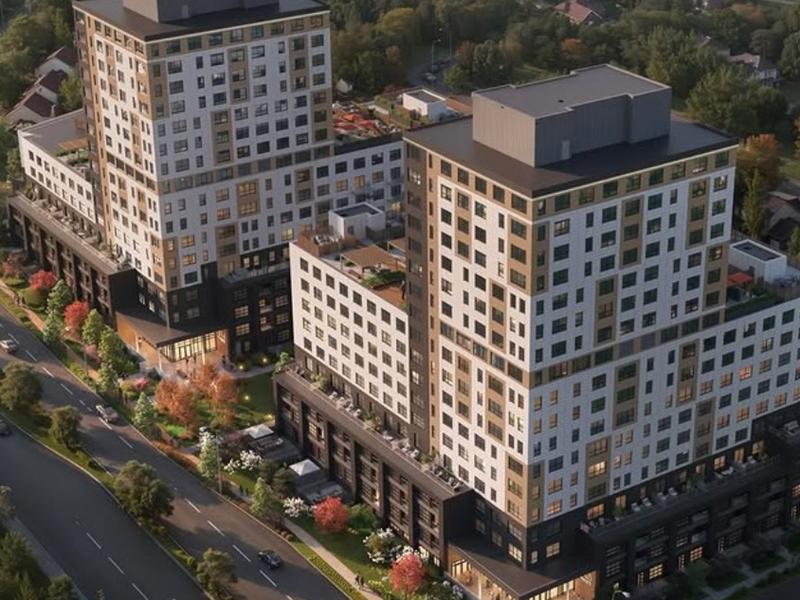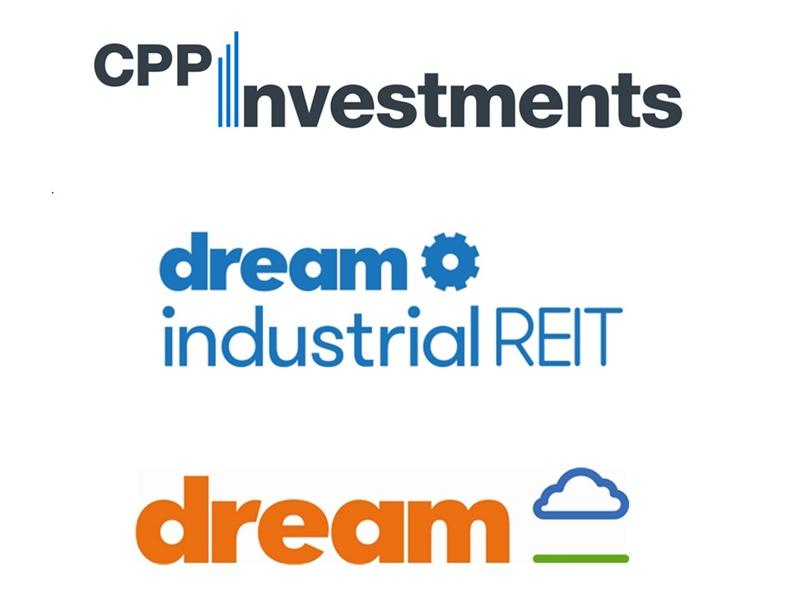Menkes-owned and managed 25 York Street helped transform downtown Toronto’s South Core Business District when it opened in 2009, and it was recognized by Building Owners and Managers Association (BOMA) of Canada with its Earth Award for office buildings at its BOMEX 2016 conference and exhibition earlier this fall.
 “Since its inception, the vision for 25 York has been clear and consistently delivered on — a continued commitment to community, sustainability and the human experience,” said general manager Gregory Brent. “25 York started as an idea of revitalizing abandoned and environmentally contaminated railway lands with a long-term vision of the development acting as a catalyst for a new community south of the tracks.”
“Since its inception, the vision for 25 York has been clear and consistently delivered on — a continued commitment to community, sustainability and the human experience,” said general manager Gregory Brent. “25 York started as an idea of revitalizing abandoned and environmentally contaminated railway lands with a long-term vision of the development acting as a catalyst for a new community south of the tracks.”
Earth Awards recognize excellence in resource preservation and environmentally sound commercial building management in BOMA BEST-certified properties, and the 30-floor, 786,000-square-foot, AAA office tower stands out in both areas. The LEED EB:O+M Platinum and BOMA BEST Platinum-certified building also won the Earth Award in 2012 and has received several other honours.
“What is especially meaningful is that these prestigious designations speak volumes in terms of the value of the asset to our existing clients, potential customers, investors and other stakeholders,” said Brent.
“We aim to exceed tenant expectations and customer service along with prioritizing the building’s amenities and ensuring our state-of-the-art building features are maintained and operating at optimal efficiency to deliver tenant comfort and minimize operating costs.”
25 York Street’s environmentally friendly features
Among 25 York Street’s environmentally friendly features are: floor to ceiling windows with automatically adjusting shades to maximize views and day lighting; a state-of-the-art light management system with high-efficiency lighting and occupancy sensors; a rainwater collection system that provides non-potable water to washroom fixtures up to the 10th floor; pressurized raised floors providing individual temperature control and greater access to fresh air; constant air quality monitoring to ensure a healthy environment; an Enwave deep lake water cooling system to reduce hydro requirements for cooling by 70 per cent; and sub-metering of all tenants for electricity and natural gas usage.
The fully leased tower consumes 33 per cent less energy than the average Canadian office building. It increased its Energy Star score from 97 in 2013 to 98 in 2015 and has reduced its electricity, steam and chilled water consumption by two per cent since 2013. Potable water consumption has been reduced by 18 per cent since 2013.
The recycling program at 25 York Street has increased its waste diversion rate from 69.3 per cent in 2010 to 77.6 per cent. Its actions have led it to become one of 20 properties to achieve 3RCertified certification, earning the “Gold” designation, for solid waste reduction.
A fifth floor outdoor community food garden grows more than 800 pounds of organic produce annually, and management is exploring the possibility of expanding it by 1,100 square feet to produce 3,000 pounds a year.
“Food is distributed locally to TELUS employees and nearby food charities,” said Brent. “Our locally grown food is enjoyed while reducing the carbon footprint associated with foods being transported over long distances.”
Central location and open communication
The property has a 98-per cent Walk Score and a 100-per cent Transit Score, as it directly connects to Union Station and bus and subway routes. It features Zipcar and Bike Share Toronto programs as well as in-building bicycle storage and showers to provide a variety of green commuting alternatives.
Management at 25 York Street holds quarterly “Green Team” meetings, hosts zero-waste tenant appreciation events, observes Earth Hour, Earth Day and Environment Week, and oversees a comprehensive year-round environmentally focused tenant engagement program.
The communication strategy was enhanced when 25 York Street became the first building in Canada to install the LEED Dynamic Plaque, which measures, monitors and scores a building’s performance. It’s displayed in the lobby, where tenants and visitors can examine how the building is performing in real time. On the back end, this has resulted in redefining the landlord-tenant relationship as it pertains to roles, accountability and expectations.
“Maintaining leading building performance and occupant comfort requires educating occupants and obtaining their buy-in,” said Brent. “Through new practices of energy monitoring, ongoing commissioning and tenant interface, we moved from treating symptoms to investigating and addressing the root cause.
“We empower our operators to help identify and resolve opportunities to improve efficiencies. They take initiative to speak with tenants and advise them on best practices, in turn helping to educate tenants and strengthen their buy-in.”







